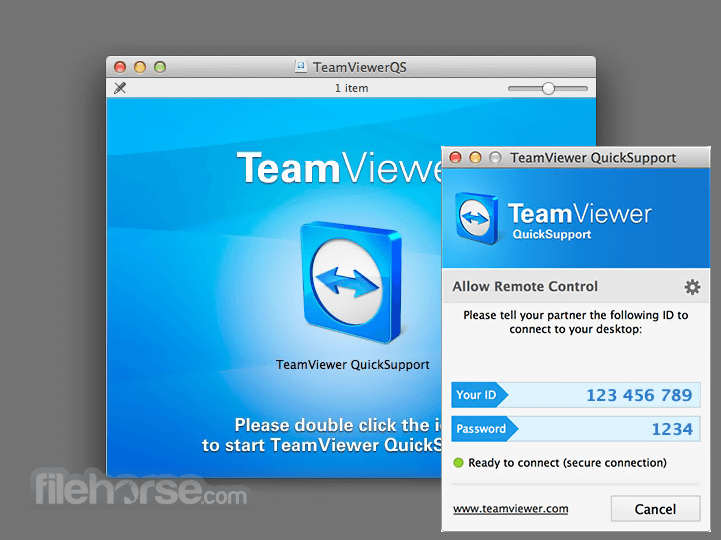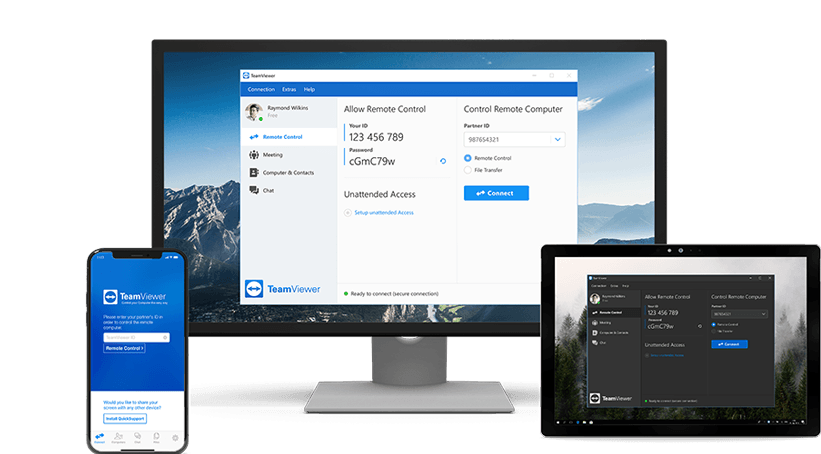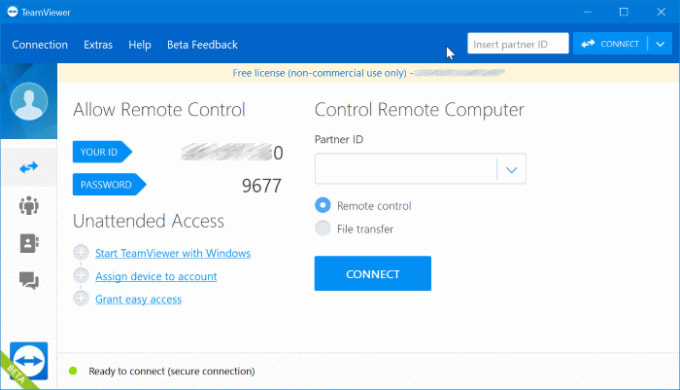

Install the TeamViewer app on another MacOS.If you’re in, return to my page and share your feeling…😊.give it ~1 minute and then open your eyes (don’t cheat).If you’ve ever made back to the login prompt again, please:.To restart, from the Apple logo on the top left, select Restart and wait for the machine to boot.If you passed the verification, don’t get excited so much yet because now you should restart the Mac with your fingers crossed.So, repeat step 4 and DO NOT rush this timeee!!! NOTE 1-7: If it’s still there, it means you made a mistake, especially with the path. Ls "/Volumes/Macintosh HD/var/db/auth.db" To ensure the file is deleted enter the command below it should NOT list “auth.db” in return.If successful, you would NOT receive any congratulation message.So, before complaining, take a deep breath, read the message carefully and compare it to that of the above. NOTE 1-6: Any error message such as “ No such file or directory” or “ Read-only file system“, means the path is not entered correctly. Meaning for example, “macintosh” is different from “Macintosh”.ī) Notice the space between “ rm” and the path as well as between “ Macintosh” and “ HD“.ī) The given path should be enclosed in “”. So:Ī) Notice that the command is case sensitive. Therefore, you have to make sure you’re giving the right path in the right format. NOTE 1-5 – Very Important: The above command will remove the “auth.db” file. Rm "/Volumes/ Macintosh HD/var/db/auth.db" NOTE 1-4: the number of items (disks) and their names might vary in your machine. You should see the name of the main disk(s) e.g.Once ensured the disks are mounted, from the menu bar, select Utilities and select Terminal.NOTE 1-3: The name of the disk may differ from the example but the procedure is the same. So, while the disk is selected in the left pane, if you see Unmount button instead of Mount and the info bar is active (colorful), it means the disk is already mounted. NOTE 1-2: The disk could be already mounted.
INSTALL TEAMVIEWER ON MAC OS PASSWORD
NOTE 1-1: If asked for password while mounting, use your login password.

So follow the instructions until you land in the macOS Utilities window. Once entered, you’ll be instructed to select the language, username, and finally to enter your password.Restart your Mac and hold Command+R mode until the Apple logo appears.Solution 1: Remove the Authorization Database Any action you take upon the information on this post is strictly at your own risk, and I will not be liable for any losses and damages in connection with the use of described solutions. If not resolved, try the second solution where you put a copy of the missing file, TeamViewerAuthPlugin.bundle into the corresponding directory.ĭisclaimer: I do not make any warranties about the completeness, reliability and accuracy of this information. I recommend to try the first solution in which basically we remove the Authorization Database.

Downside, however, is that the Recovery mode is an advanced environment and is not as friendly. As the name implies, this mode provides the user with a very limited set of tools to recover the operating system in case of serious problems. Instead, the only interface by which you can fix this, is the Terminal app which is accessible in the Mac Revocery Mode. When this happens, you would not have access to any standard interface or application, like Finder, to access the file system. 😉 Solutions (Updated on Dec 10, 2019)Īll you need to do is to either have the macOS forget about it (suggested by Jack Bryant, in the comments) or give it what it wants, which is the missing file.Īlthough these solutions are simple, the implementation seems a bit complex, especially for non power-users. Therefore, in the next boot, the macOS still expects to load the authorization plugin but it can’t find respective files, TeamViewerAuthPlugin.bundle, in /Library/Security/SecurityAgents/. However, if one doesn’t use the builtin uninstaller and removes the applicaton manually or by CleanMyMac, the plugin woul not get de-registered. To be more specifc, TeamViewer registers an Authorization plugin during the installation. I assume this happenes as the CleanMyMac’s uninstaller removes the TeamViewer along with all related files without the operating system being aware of the changes.

In my case, this occured when I removed the Teamviewer manually by the CleanMyMac application. Security Agent was unable to create requested mechanism TeamViewerAuthPlugin:start. When the Mac gets restarted after the uninstallation, following error box pops up and avoids the boot process from being completed. In this post i’m going to provide two solutions for a recent issue with MacOS Catalina, where the macOS can’t boot after removing the Teamviewer.


 0 kommentar(er)
0 kommentar(er)
